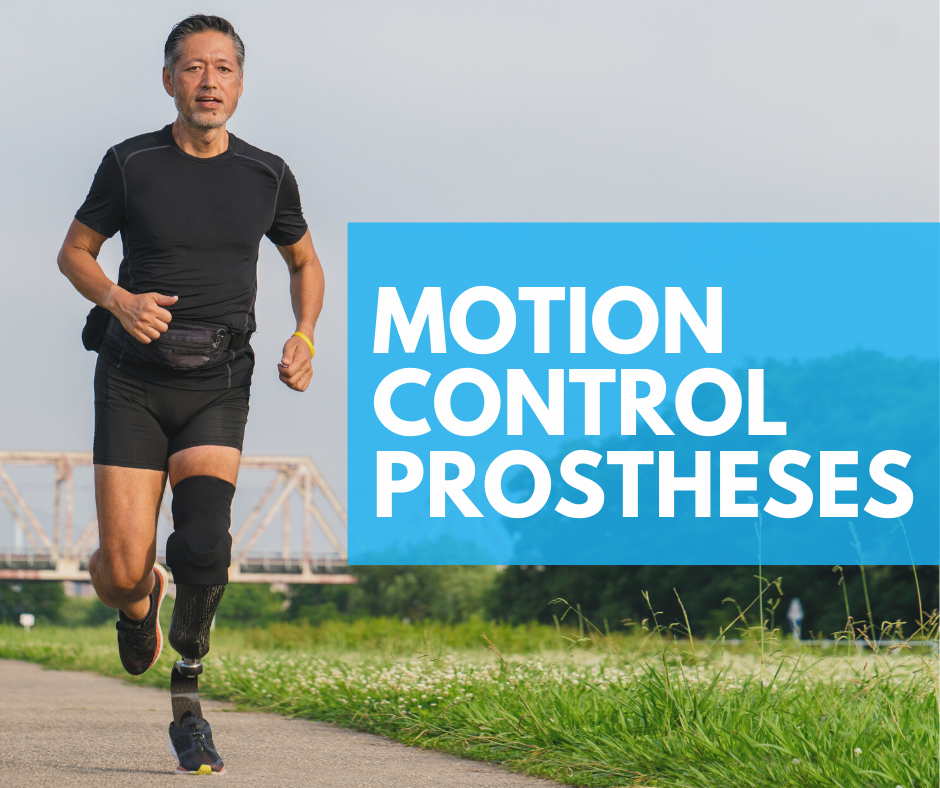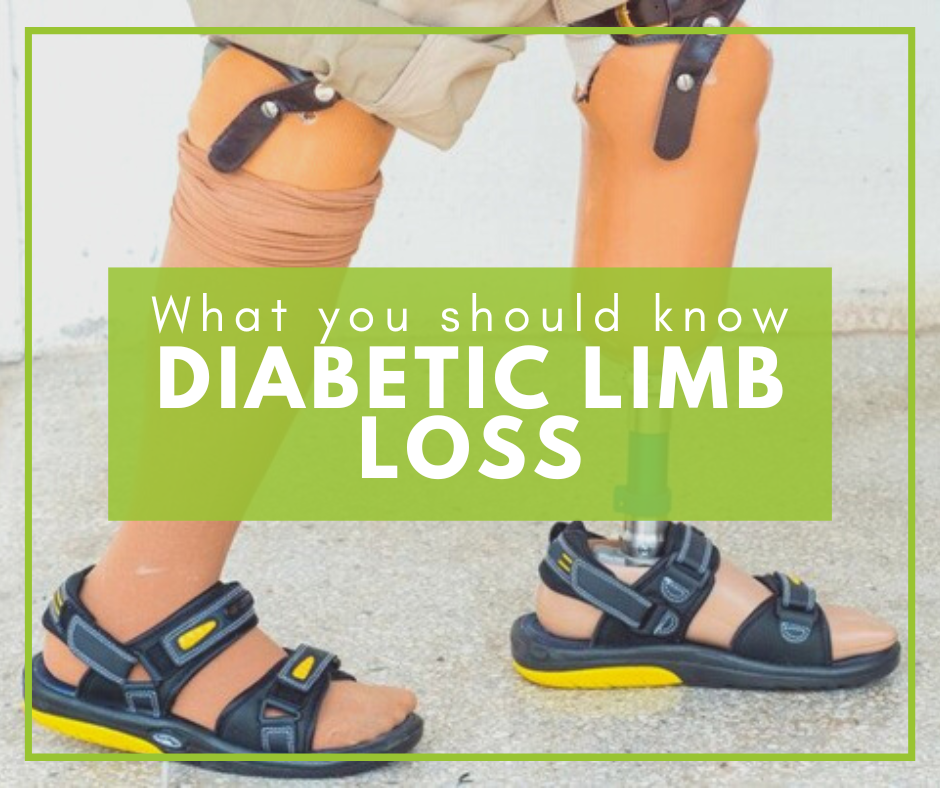

What Are Motion Control Prostheses?
Nearly 2 million people in the United States have experienced limb loss. Thankfully, losing a limb does not mean losing your independence, as technological advancements have brought about viable solutions for everyone.
Historically, hand amputees wore hook prostheses to control their limbs' movements. Today, with motion control prosthetics, you can engage in a variety of activities as before, when you lost your arm. Here is everything you need to know about this fantastic advancement.
What Are Motion Control Prostheses?
A prosthesis is an artificial body part that can be used to replace a lost limb due to disease, trauma, or congenital disorders. The motion control hand features machine-controlled fingers, multi-flex wrist options, and a wide opening. It offers a blend of functionality and natural appearance.
The prosthesis mimics the anatomy and motion of the missing body part by using the nerve impulses and electrical impulses of the residual limb to power the prosthesis. They’re run by highly sophisticated rechargeable batteries, which power the connecting transmitters.
How Does It Work?
Today, there are various consciously controlled prosthetic limbs where patients have control over the sensations, movements, and experiences. The type of prosthesis and the location of the missing limb will determine what type of prosthesis should be used.
The process involves connecting the prosthesis onto a bone on the stump of the amputated limb. To create an electrical interface, the specialist will implant electrodes in the nerves and muscles adjacent to the amputated limb with a connector embedded near the end of the screw. Neuromuscular electrodes will connect with sensors in your body, allowing you to control limb movement with your mind.
When you engage a specific muscle in your residual limbs, the sensors will detect electrical signals and pass them on to the controller, which will then tell the electric motors to move the implant joints. The limb will move and react as a natural arm does based on the user's mental and physical stimulus.
In contrast, when there is a touch sensation from the prosthetic limb, the control system converts the electrical signals to stimulate the residual limb stump's nerves. It sends signals to the brain, which interprets the sensation as pressure. You can even alter your existing functional muscles' intensity to increase your prosthetic limb's speed, strength, and grip.
Unique Motion Control Hand Features
One key feature of this technology is the ability to auto grasp. The prosthetic limb can automatically adjust tension when it detects changes in circumstances, for instance when picking up an item. The prosthetic limb has a flexible joint for convenient positioning just in case you want to grip things on different surfaces.
Additionally, the multi-flex wrist allows you to hold and control objects closer to your body, which is more natural than having to make movements with your shoulders or your entire upper body. The arm can even be rotated in 360-degree circles and stopped at certain points. With an appropriate socket fit, the hand appears to be somewhat resistant, even in the flexible mode.
Advantages of Motion Control Prostheses
Motion control prostheses offer enormous benefits to individuals with arm amputations. It uses lightweight and yet firm enough material so the fingers can last long without breaking—the hand is also very robust and durable. The motion control hand uses durable motor technology that guarantees better response times and lasts up to ten times longer than traditional options.
One key advantage is the ability to utilize a varying voltage input that ranges from 6V to 18V. The motor can accommodate varying voltages without compromising performance or accuracy. Additionally, the motion control hand uses a current limit circuit that shuts off the hand after a certain amount of force is reached to preserve the battery.
Moreover, the arm uses automatic transmission to respond faster with high pinch forces upon confronting an object. Furthermore, upon disengaging from the item, the transmission automatically shifts to the next gear ratio.
A water-tight environment can exist on the hand even when it is dirty or moist due to the O-ring seal. It also comes with a release button so you can let go of the handgrip in case of an emergency. There is ongoing research aimed at improving this area to protect the arm better from environmental extremes.
As far as ease of motion is concerned, the motion control prosthesis aids your residual hand in holding certain amounts of weight since you can bend or flex it. With the full range of joint movements, you can perform everyday tasks quickly and with ease because you won't find it difficult to perform natural arm movements. If you choose a custom-designed option, you will enjoy a comfortable fit that allows for quick attachment and removal.
The hand mimics the natural human hand and can change its orientation to multiple positions. It provides strength equivalent to that of a natural arm, and the elbows bend in response to muscle signals so you can reach items high or low.
Motion-controlled prosthetics help patients with missing limbs live better lives since they can handle the tasks ordinarily done by a natural limb. They come in a variety of sizes, so you are sure to find your fit. You can also choose from a variety of skin colors for a natural look.
Reach out to us at AOD Prosthetics and Orthotics for more information.
Treatment & Planning for Tomorrow
AOD Prosthetics & Orthotics combines the highest technology available with the best patient care. Bilingual mobile prosthetic service in San Antonio. Serving amputees and improving their quality of life.

All Rights Reserved | AOD Prosthetics & Orthotics | San Antonio, TX


